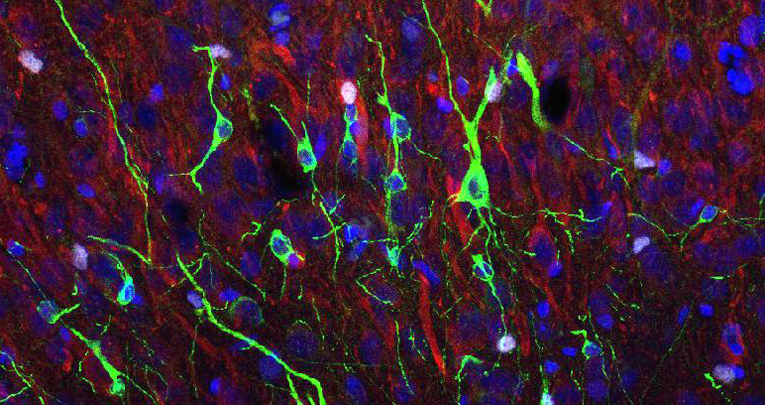
Cold Spring Harbor Perspectives in Biology, September 2015
Noncanonical Sites of Adult Neurogenesis in the Mammalian Brain
Feliciano DM 1 , Bordey A 2 , Bonfanti L 3
Two decades after the discovery that neural stem cells (NSCs) populate some regions of the mammalian central nervous system (CNS), deep knowledge has been accumulated on their capacity to generate new neurons in the adult brain. This constitutive adult neurogenesis occurs throughout life primarily within remnants of the embryonic germinal layers known as "neurogenic sites." Nevertheless, some processes of neurogliogenesis also occur in the CNS parenchyma commonly considered as "nonneurogenic."
This "noncanonical" cell genesis has been the object of many claims, some of which turned out to be not true. Indeed, it is often an "incomplete" process as to its final outcome, heterogeneous by several measures, including regional location, progenitor identity, and fate of the progeny. These aspects also strictly depend on the animal species, suggesting that persistent neurogenic processes have uniquely adapted to the brain anatomy of different mammals.
Whereas some examples of noncanonical neurogenesis are strictly parenchymal, others also show stem cell niche-like features and a strong link with the ventricular cavities. This work will review results obtained in a research field that expanded from classic neurogenesis studies involving a variety of areas of the CNS outside of the subventricular zone (SVZ) and subgranular zone (SGZ).
It will be highlighted how knowledge concerning noncanonical neurogenic areas is still incomplete owing to its regional and species-specific heterogeneity, and to objective difficulties still hampering its full identification and characterization. [ read more ]







